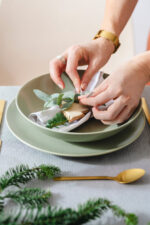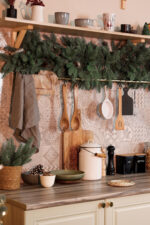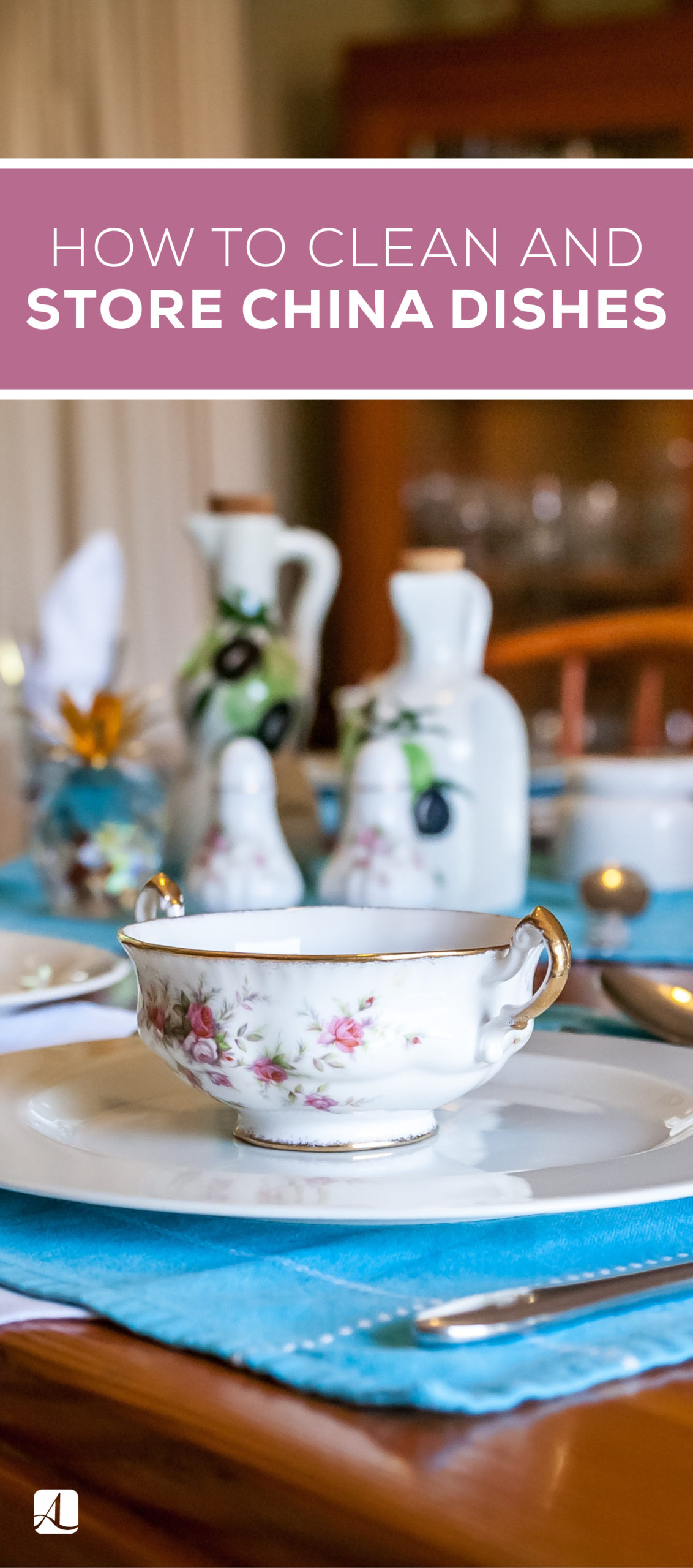How to Clean and Store China Dishes
Elegant dishes add a personal touch to your home dining experience, and if you’ve inherited good china from a loved one, the pieces can be a great conversation starter.
You might only use your fanciest kitchenware a few times a year on holidays and other special occasions, so it can be easy to forget how to properly clean and store it. Follow this guide to keep your collection table-ready.
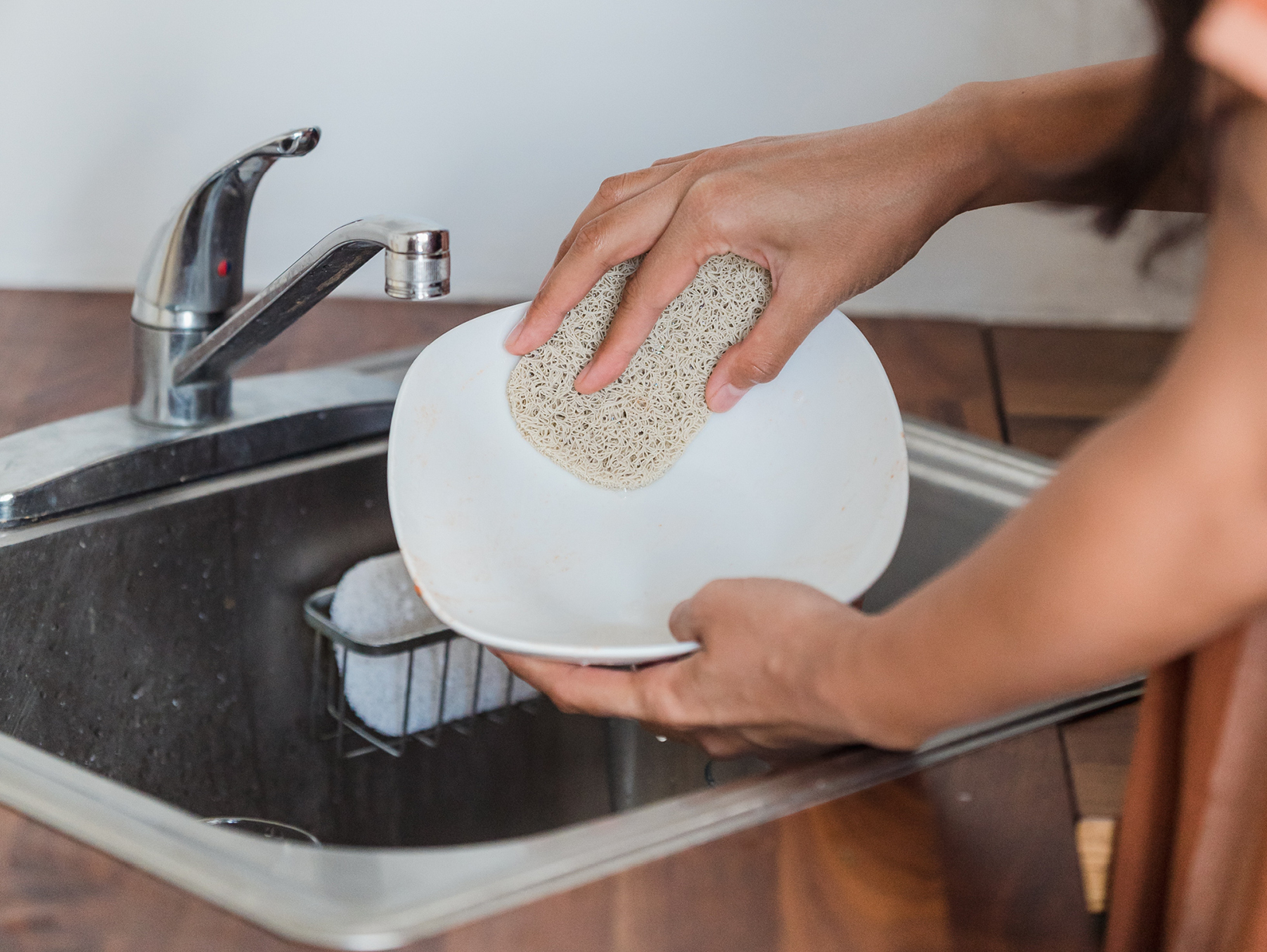
Cleaning your china
While a dishwasher can be a handy gadget, you should not place your finest tableware in it. Dishwashers use high heat to clean and disinfect, which could lead to crazing—small lines and cracks in the glaze. Grab a sponge and roll up your sleeves, because you’ll need a bit of elbow grease to get the job done.
What to avoid
For starters, steer clear of the following products as they can be too abrasive for the china and its decorative trim.
– Steel wool or any metal cleaning tools
– Hard bristle brushes
– Used sponges with old residue
– Cleaners with harsh scrubbing agents
– Chemical stain removers
What to use
As a rule of thumb, it’s best to use clean tools. By doing so, you can avoid the risk of harsh residue damaging the glaze and penetrating small cracks you may not see. The cleaners and tools below are safe for most fine china.
– Rubber utensils for scraping off leftover food
– A clean, soft sponge or cloth
– Mild and gentle detergent, such as Dawn dish soap
– Lemon juice and white vinegar for stains
The proper technique
Now that you have the proper tools and cleaners, use these techniques for an efficient and safe clean.
- Lay a towel on the bottom of the sink as a cushion for the dishes, and plug the drain. Fill the sink with warm water, and test the water with your hands. If the water is too hot for your hands, then it’s too hot for china.
- Add a generous amount of liquid dish soap and a tablespoon of white vinegar to the wash water. The soap will clean the dishes and the white vinegar will take care of any caked-on grease and stains. You can add more vinegar if need be.
- Use a soft, clean sponge to wash the dishes by hand one at a time. Be sure to place the china into the water slowly to lessen the impact of the temperature difference between the room and the water.
- Thoroughly rinse the dishes with warm water, then dry them immediately with a lint-free or linen cloth. Leave them sitting on a towel next to the sink. Place any glasses stem-side down to prevent damage to the rims.
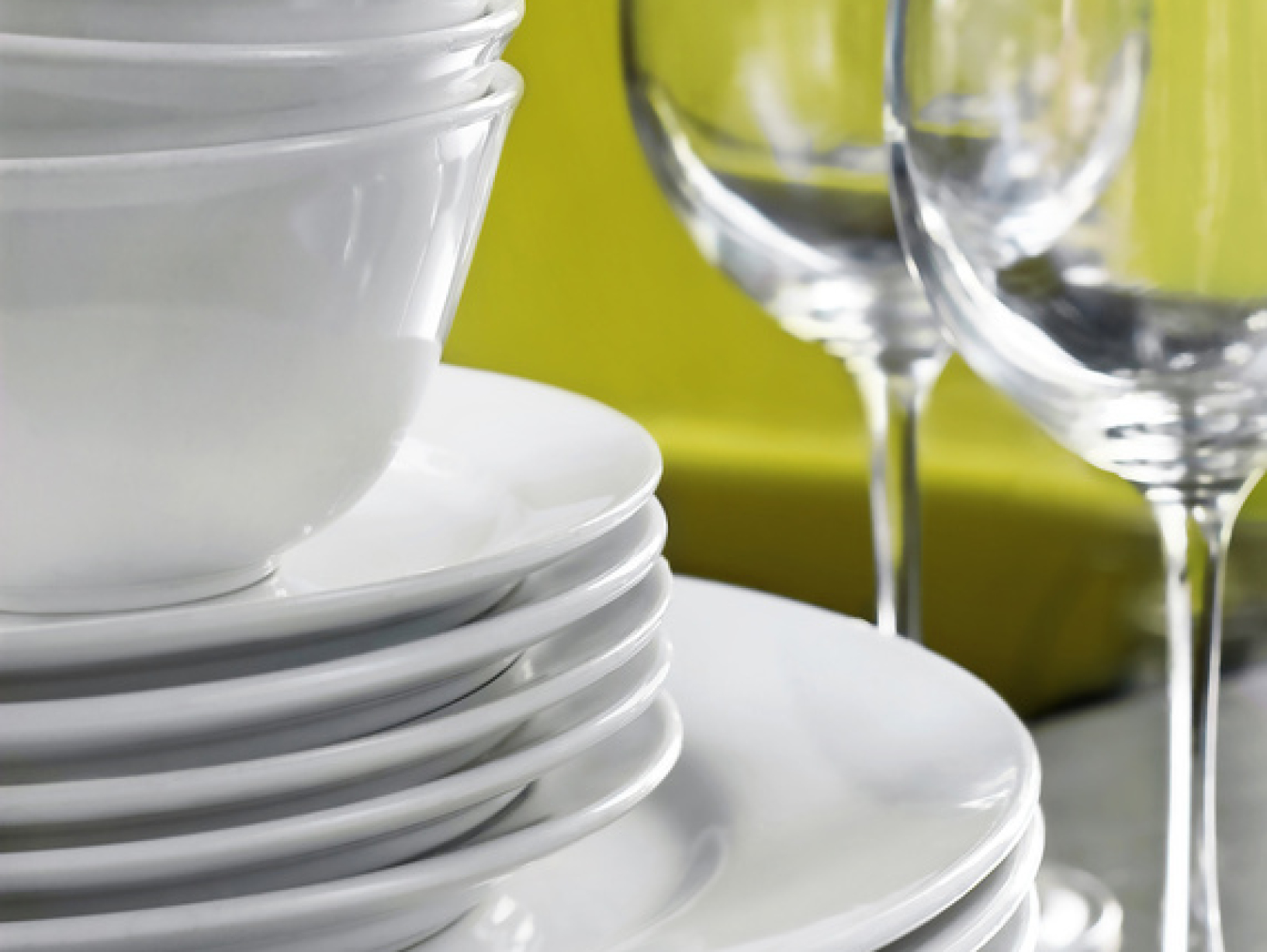
Storing your china
You should be just as delicate while storing your china as you are while cleaning it. Follow these tips to keep your precious dishes safe.
Wrap everything
If you don’t display your china in a cabinet, you should wrap every piece individually before placing it back in its respective box. Most people use newspaper to wrap their dishes, but newspaper collects more dust than other wrapping materials. Consider purchasing a roll of bubble wrap to keep your dishes tightly wrapped, prevent dust, and keep the dishes from shifting around while you move the box.
Use dividers
When you place the dishes in the box, use cardboard dividers. Store-bought dividers aren’t necessary—you can cut pieces of cardboard from a box to the size you need. If you don’t have dedicated storage for your silverware, use a clean shoebox lined with bubble wrap.
If you prefer to display your fine china in a cabinet, use coffee filters in between plates and bowls as a discrete divider. The filters will prevent the china from rubbing together and scratching.
By following these tips, you can keep your finest tableware looking shiny and new for your next big occasion.




